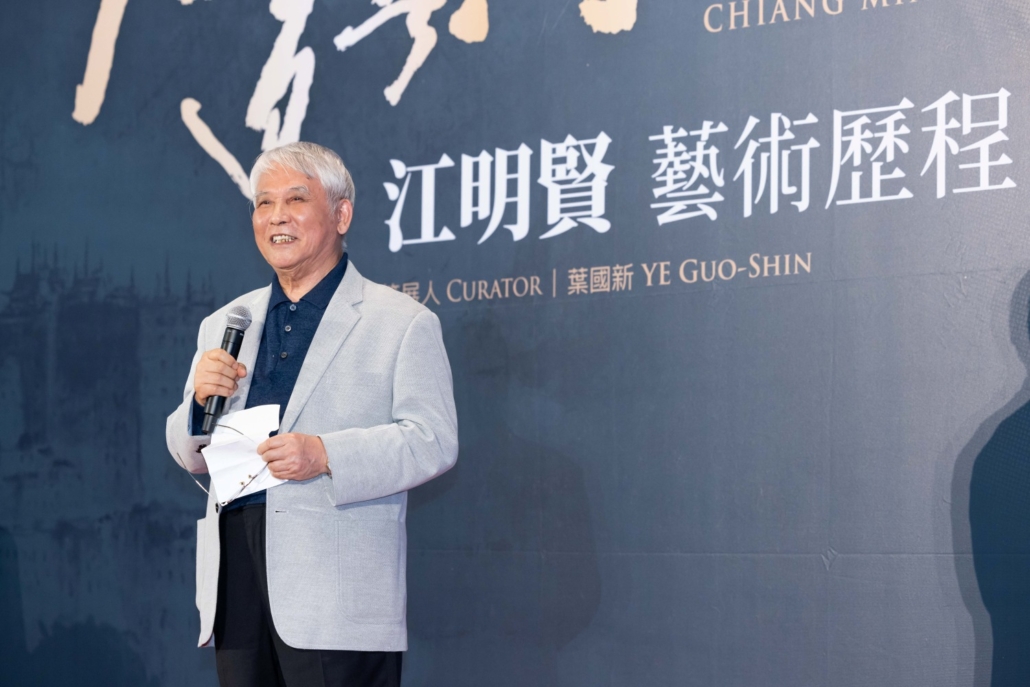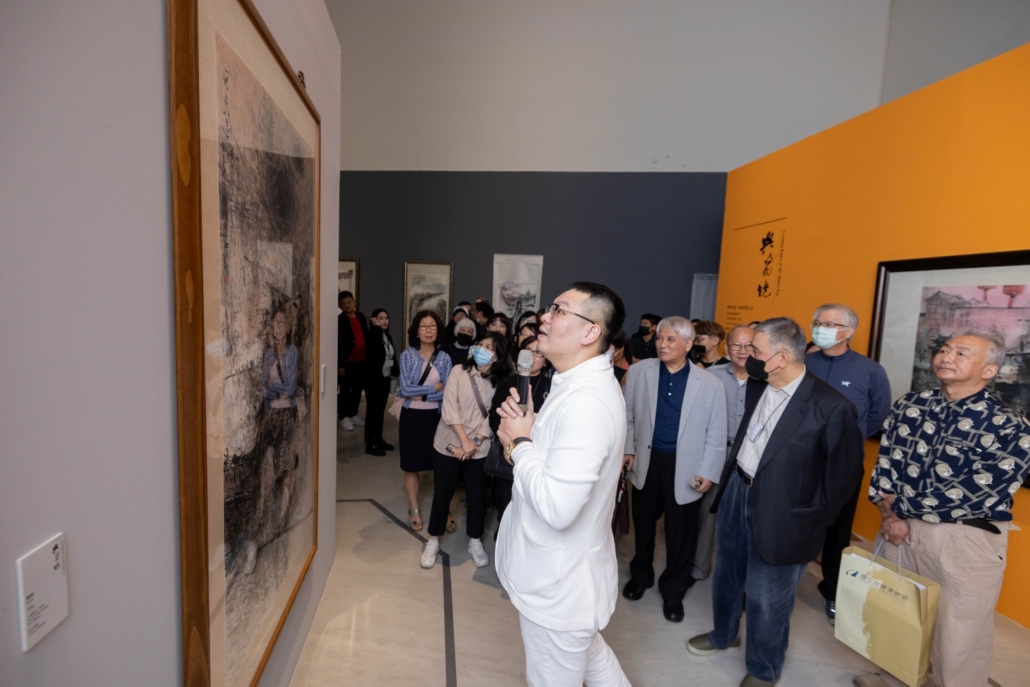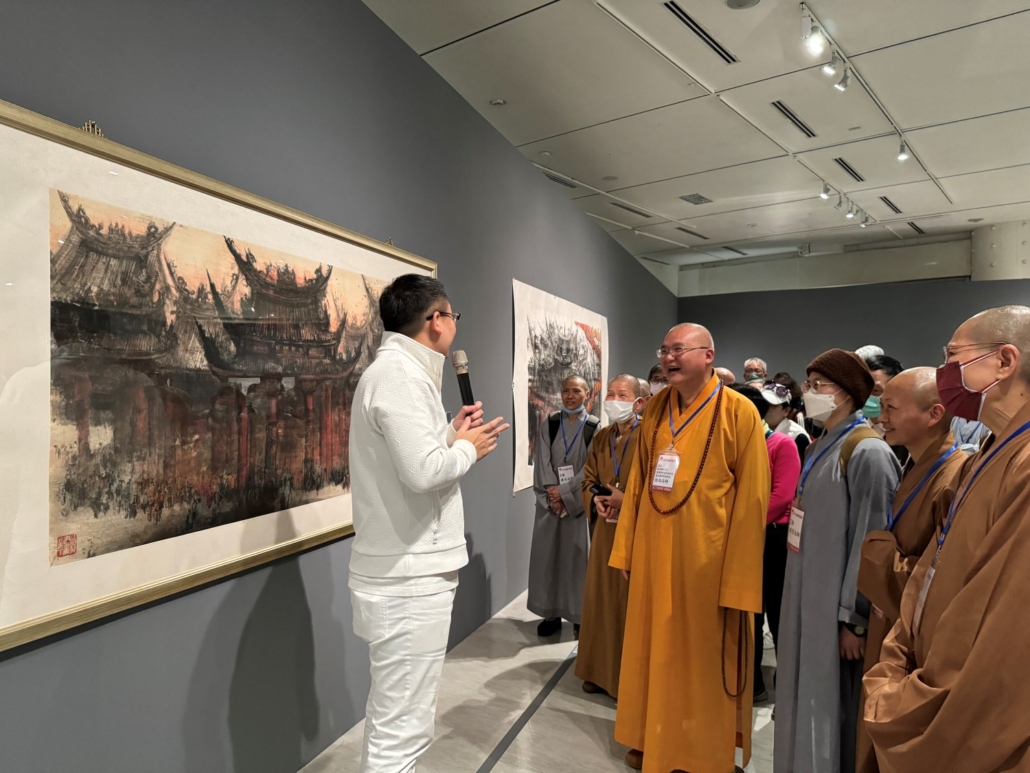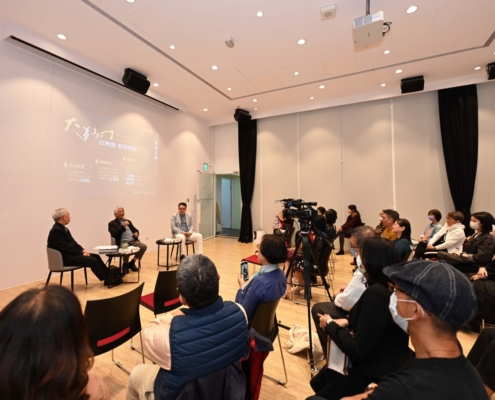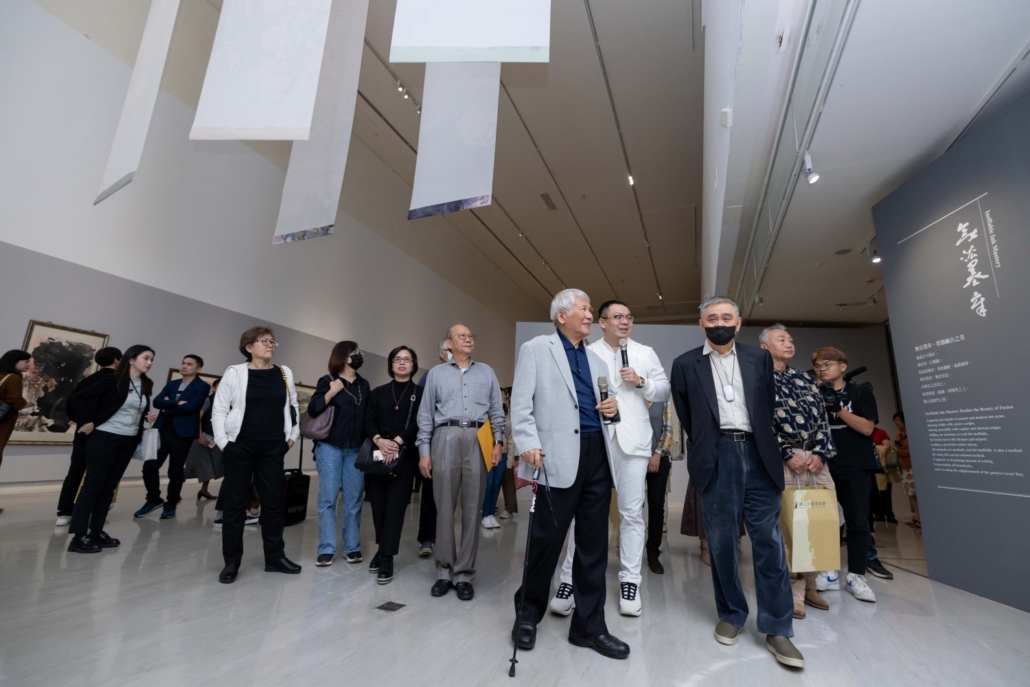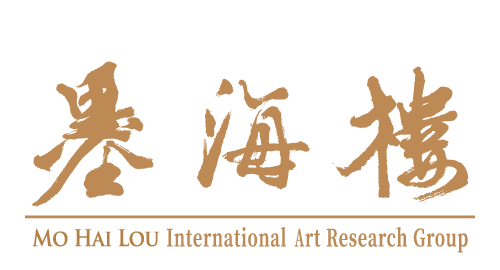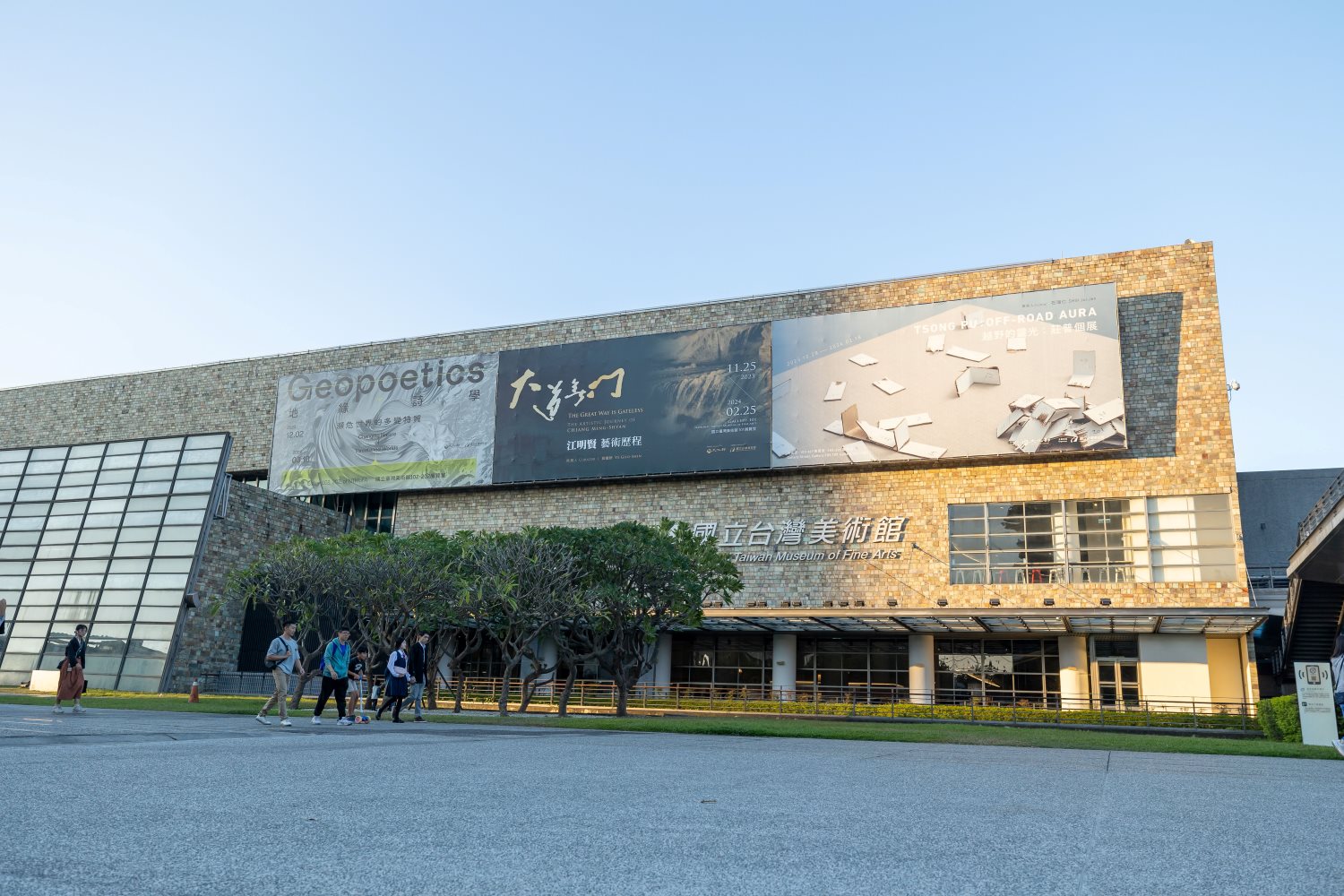Exhibition Period
Venue
This exhibition , curated by Dr. YE Guo-Shin, dissects CHIANG Ming-Shyan‘s works based on different themes, techniques, artistic styles, aesthetic theories, and creative philosophies, categorizing them into five major series: Hometown Memories, A Thousand Rivers and Myriad Peaks, Creating Poetry in the Mind’s Eye, Creating Beyond the Material, and Ineffable Ink Mastery. It attempts to delve into the origins and stories behind each creative concept in Chiang’s artistic career. CHIANG Ming-Shyan was born in Taichung, 1942. He enrolled in the Department of Fine Arts, National Taiwan Normal University in 1964, where he embarked on a journey of training and enlightenment of fine art. Under the tutelage of prestigious painters such as HUANG Chun-Pi, LIN Yu-Shan, LI Shih-Chiao, and LIAO Chi-Chun, the artist built a solid foundation for his craft. While pursuing further studies in Europe and North America, he also humbly learned theoretical and technical wisdom from great Western masters. By visiting famous museums across Europe and the United States, Chiang expanded his artistic horizons.
From being the “Grand Prize winner in the Chinese painting category at the NTNU Department of Fine Arts Exhibition” in his youthful years, to becoming the “first Taiwanese painter to hold a solo exhibition in China”, a “National Award for Arts” recipient, an “Emeritus Professor of the Department of Fine Arts, National Taiwan Normal University,” and the “Director of the Taiwan Academy of Fine Arts,” Chiang has received numerous accolades and honors over the years. He has continued to hold exhibitions in all corners of the world over the past decades, including Taiwan, USA, France, Spain, China, South Korea, and Japan. He has held more than 70 solo exhibitions and more than a hundred joint exhibitions in total. Chiang’s artistic achievements are like a timeline of history, perpetually evolving and building upon the depth and quality of art and culture. His unique ink vocabulary not only delineates a significant part of the development of modern and contemporary ink art in Taiwan, but also attains the state of “being in oneself.” Chiang is a rare and significant Taiwanese contemporary colored ink artist and art educator who transcends international artistic boundaries in recent art history.
Events
